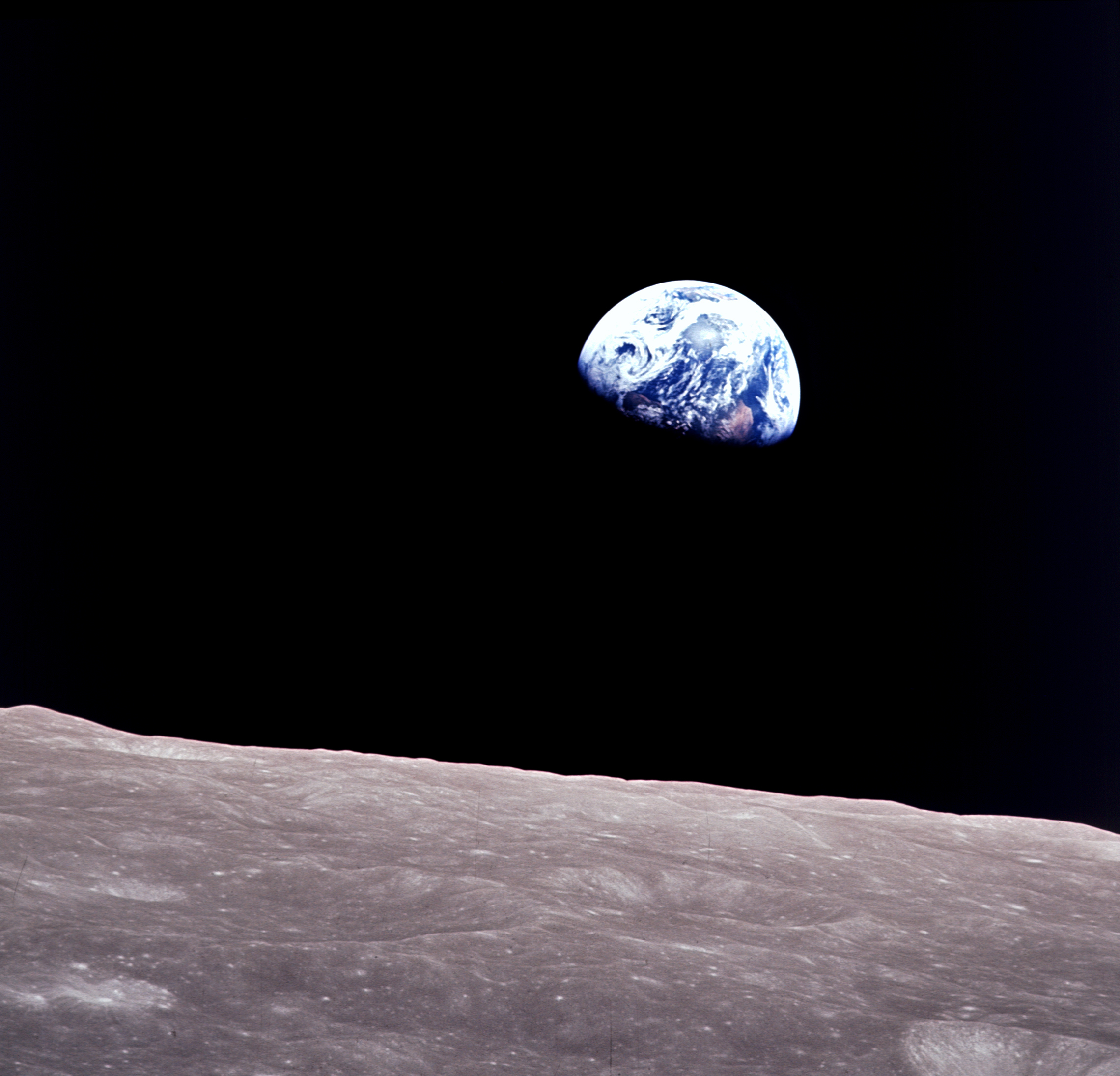The Earth Rise
The Apollo moon landings have been a matter of debate for a long time and people have come up with innumerable explanations to prove it right or wrong. For example take this image of the EarthRise, one of the most iconic images of the moon landings, taken by Bill Anders on the Apollo 8 mission.

The earth looks so small, just like how the moon looks from earth. But something is missing, the stars. It's weird why there aren't as many stars visible in this image as there are in our night sky. In fact, many people expected it to be filled with stars.
The explanation lies in the fact that this is an image . An image is taken from a camera that doesn't exactly work as our eye does. The Apollo moon landings were an important mission and so the crew had to capture every detail of the moon. We know that the moon doesn't have an atmosphere so the sunlight doesn't scatter as it does on earth due to the air molecules, and so it reflects off the surface of the moon. So to make sure that the images would not get blurred, the astronauts had to adjust the camera setting to get a clear image of the moon. Which of the options gives the correct settings of the camera that helped the Apollo astronauts get a clear image of the moon?
Note that the image of the moon was the first priority for the astronauts and not the starry sky.
In photography and digital photography the shutter speed is the unit of measurement which determines how long the shutter remains open as the picture is taken. The slower the shutter speed, the longer the exposure time. The shutter speed and aperture together control the total amount of light reaching the sensor.
This section requires Javascript.
You are seeing this because something didn't load right. We suggest you, (a) try
refreshing the page, (b) enabling javascript if it is disabled on your browser and,
finally, (c)
loading the
non-javascript version of this page
. We're sorry about the hassle.
A fast shutter is desired to reduce motion blurring. A small aperture is desirable to get a greater depth of field (the depth range at which the objects are focused). The selected exposure amount needs to be set to properly expose the film for the objects for which the image is being made. The light response of the human eye is considerably larger than the light response of film which results in the stars being underexposed. The Earth is somewhat overexposed as its surface reflects more light.